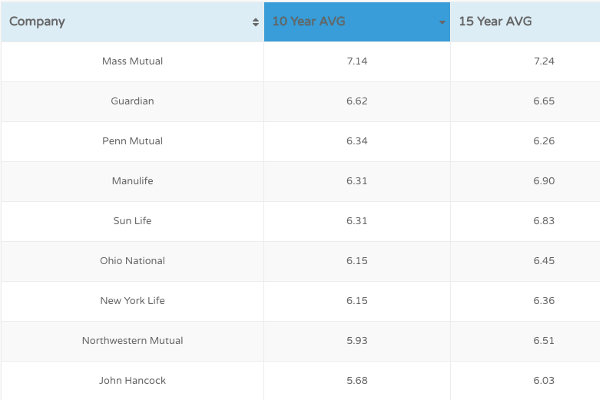Designing a custom whole life insurance plan is a crucial step in ensuring the financial security of yourself and your loved ones. With numerous options and variables to consider, it's important to understand the factors that can significantly impact the effectiveness and suitability of your policy. In this blog post, we will explore the key factors to consider when designing a custom whole life insurance plan.
Click below to get a Quote Now
Get Me A Quote
Click below to get a Quote Now
Get Me A Quote
Financial Goals and Objectives
The first step in designing a custom whole life insurance plan is to identify your financial goals and objectives. Determine what you want to achieve with your policy, whether it's providing income replacement for your family, covering estate taxes, or building cash value for future needs. Clearly defining your goals will help you align your policy design accordingly.Coverage Amount
The coverage amount, also known as the death benefit, is a critical factor to consider. It should be sufficient to meet the financial needs of your beneficiaries in the event of your passing. Factors to consider when determining the coverage amount include outstanding debts, mortgage payments, future education expenses, and ongoing living expenses.Cash Value Accumulation
Whole life insurance policies offer a cash value component that grows over time. Consider how important cash value accumulation is to you and how it fits into your overall financial strategy. A higher cash value component may result in higher premiums, but it can provide additional financial flexibility and potential for borrowing against the policy in the future.Craft your legacy. Design a custom whole life plan today.
Click below to get a Quote Now
Get Me A Quote
Premium Payment Options
Whole life insurance policies typically offer various premium payment options. You can choose between paying premiums for a limited period or throughout your lifetime. Consider your budget, income stability, and long-term financial plans when deciding on the premium payment option that best suits your needs.Dividend Options
Some whole life insurance policies pay dividends, which can be used to increase the policy's cash value, purchase additional coverage, or reduce premiums. Understand the dividend options available and how they align with your financial goals. Depending on the insurance company, dividend payments can vary, so it's crucial to evaluate the track record and stability of the insurer's dividend payouts.Policy Riders and Customization
Whole life insurance policies often offer additional riders and customization options to enhance the policy's coverage. Common riders include accelerated death benefit, which allows you to access a portion of the death benefit if diagnosed with a terminal illness, and waiver of premium, which waives premiums if you become disabled. Evaluate the available riders and customization options to tailor your policy to your specific needs.Insurance Company Strength and Reputation
The strength and reputation of the insurance company you choose are paramount. Research the financial stability, ratings, and customer reviews of the insurance companies you are considering. A financially strong and reputable insurer ensures the long-term viability of your policy and the timely payment of claims.Conclusion
Designing a custom whole life insurance plan requires careful consideration of various factors. By understanding your financial goals, coverage needs, cash value accumulation preferences, premium payment options, dividend choices, policy riders, and the strength of the insurance company, you can create a policy that aligns with your unique circumstances. Consulting with an experienced insurance professional can provide valuable guidance and help you navigate the complexities of designing a custom whole life insurance plan. Remember, a well-designed whole life insurance policy can provide long-term financial security and peace of mind for you and your loved ones.Craft your legacy. Design a custom whole life plan today.
Click below to get a Quote Now
Get Me A Quote




